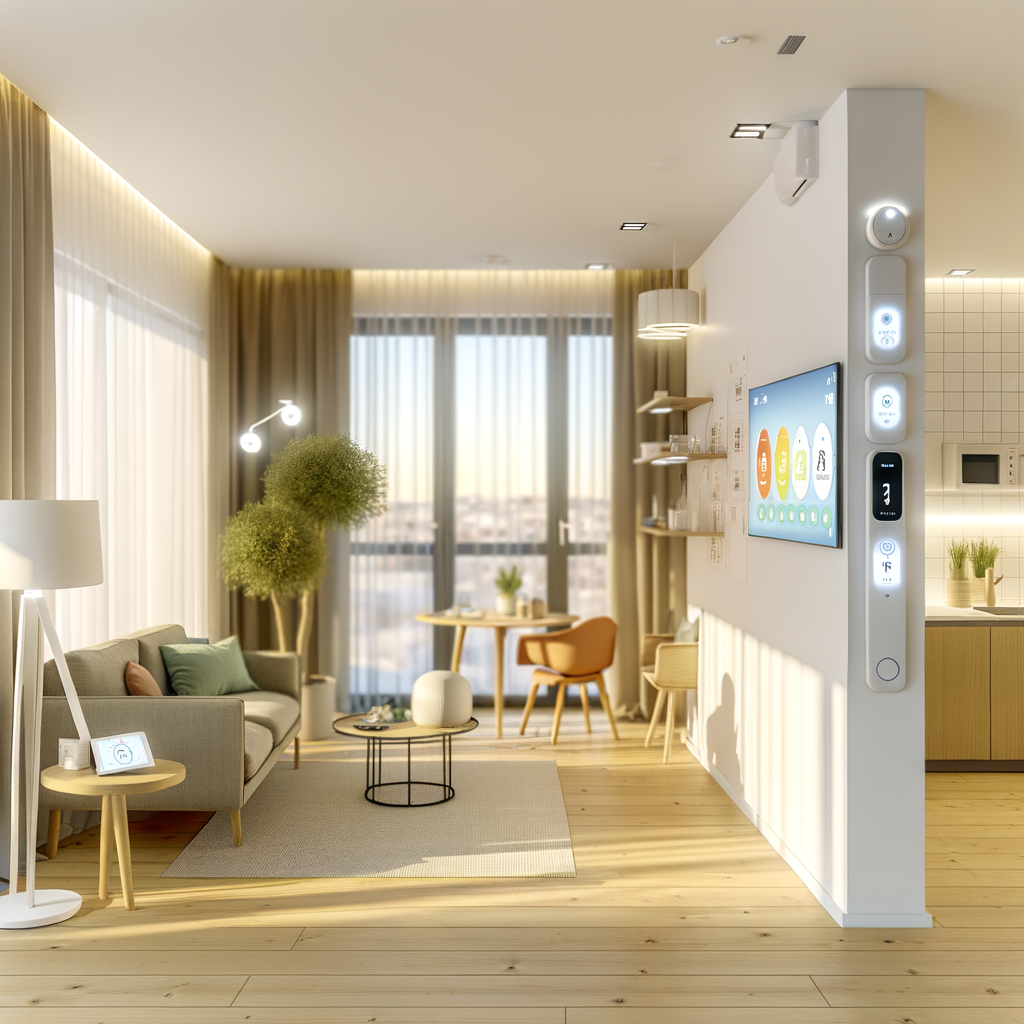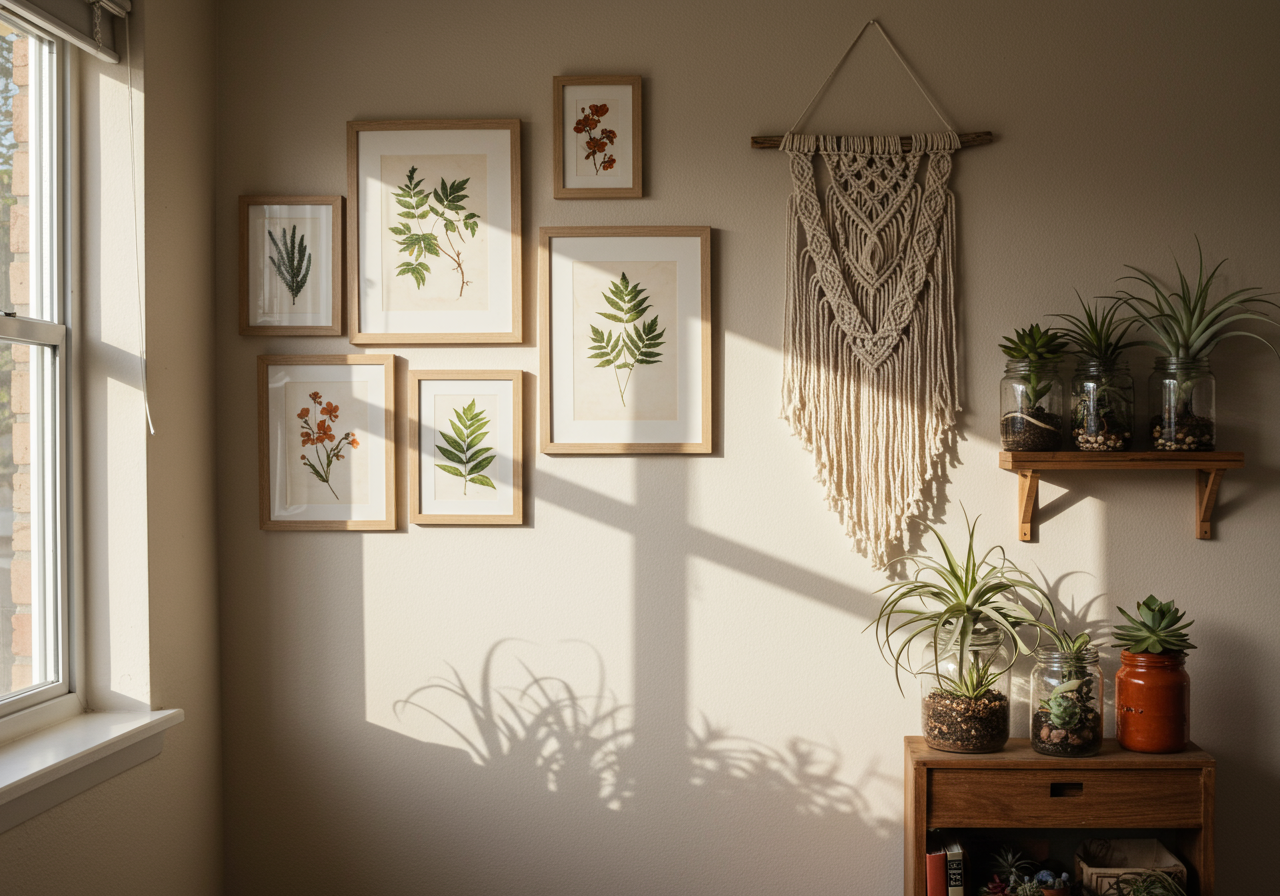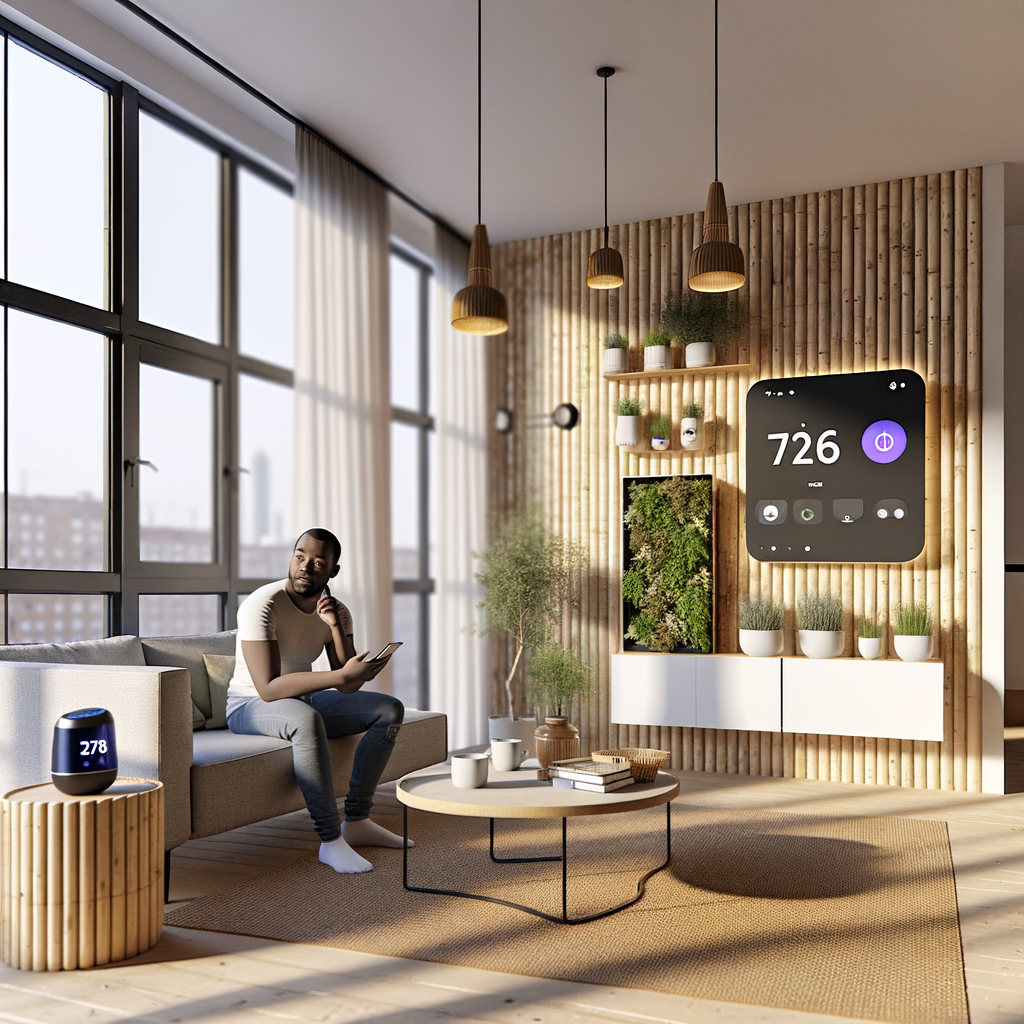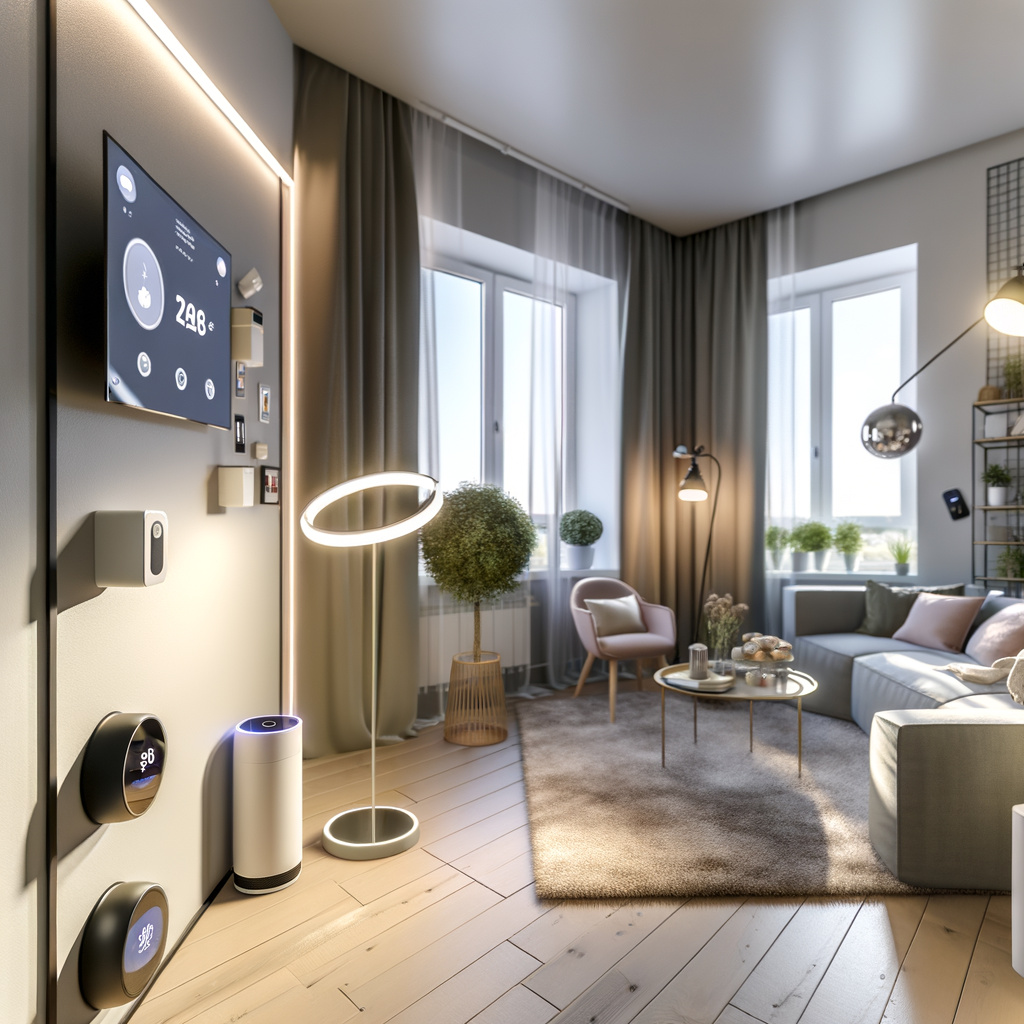How to Create a Smart, Energy-Efficient Apartment on a Budget: A Renter’s Step-by-Step Guide
Living in an apartment often means limited control over your space—but that doesn’t mean you can’t create a smart, energy-efficient home that saves you money and reduces your carbon footprint. The best part? You can achieve amazing results without breaking the bank or violating your lease.
This step-by-step guide is tailored for renters. You’ll learn to make clever, budget-friendly upgrades and strategic purchases that will transform your apartment into a smarter, greener home—all with your landlord’s approval (or subtle ignorance).
Why Build a Smart, Energy-Efficient Apartment?
Energy-efficient, tech-integrated apartments benefit both the environment and your wallet. Here’s how:
- Lower Utility Bills: Cutting energy waste directly saves you cash month after month.
- Increased Comfort: Smart controls mean personalized and consistent temperatures, lighting, and air quality.
- Reduced Carbon Footprint: Consuming less energy leads to fewer greenhouse gas emissions.
- Future-Proof Living: Smart apartments are more attractive to potential buyers and renters alike.
Step 1: Assess Your Current Energy Footprint
Before you upgrade, understand where your apartment wastes energy. You don’t need fancy equipment—just a keen eye and a willingness to track habits.
Simple Assessment Tips
- Review recent utility bills to identify energy and water usage spikes.
- Check for drafts around windows, doors, and air vents.
- Notice which appliances and electronics you use most—and when.
- See if lights are often left on in empty rooms.
With a basic energy “audit,” you’ll know exactly where to focus your improvements.
Step 2: Set Your Budget and Prioritize Upgrades
How much do you want to spend? A smart apartment setup can be as affordable as $50 or as ambitious as $500+. Setting a budget keeps upgrades manageable and lets you prioritize the most impactful changes.
- $50-$100: Smart plugs, LED bulbs, draft stoppers.
- $100-$250: Smart thermostats (if allowed), smart power strips, basic air purifiers.
- $250+: Smart lighting systems, energy monitoring devices, advanced air quality monitors.
Step 3: Check Lease and Get Landlord Approval
Many upgrades are non-invasive and won’t violate your rental agreement, but it’s smart to check first. Temporary, plug-in devices are almost always safe bets.
- Read your lease for modifications clauses.
- Ask permission for anything that attaches or replaces fixtures (like thermostats or hardwired lights).
- Prefer peel-and-stick, plug-in, or portable options for easy removal when you move.
Step 4: Swap Out Inefficient Lighting
Switch to LEDs
LED bulbs are the quickest and cheapest energy-efficiency upgrade. They last years longer than incandescents and use 80-90% less electricity.
- Replace every light bulb with Energy Star-rated LEDs.
- Opt for “soft white” for living areas and “daylight” for kitchens/offices.
- If possible, use smart bulbs that can be controlled remotely or via voice assistant, so you’ll never leave lights on unnecessarily.
Brand suggestion: Philips Hue White smart LED bulbs offer wide compatibility and app/voice controls. For a less expensive option, Sengled or Wyze smart bulbs work well.
Step 5: Control Power Usage with Smart Plugs and Power Strips
What Are Smart Plugs?
Smart plugs allow you to control any device from your phone, set schedules, or turn off electronics remotely. Plug your lamps, fans, or coffee maker into a smart plug for instant smart home functionality.
- Use a smart plug for high-wattage devices that don’t need to be on 24/7.
- Create schedules for lights, fans, or small appliances to reduce wasted power.
Why Use Smart Power Strips?
Electronics like TVs, game consoles, and computers draw power even when “off.” Smart power strips cut this wasted energy.
- Plug clusters of electronics into a smart strip that senses when devices go idle and fully shuts them off.
- Look for strips with app control for easy remote management.
Recommended: TP-Link Kasa Smart WiFi Plug and APC Smart Plug Power Strip.
Step 6: Optimize Heating and Cooling on a Budget
Add a Smart Thermostat (If Allowed)
Smart thermostats can cut heating/cooling bills by up to 23% by automatically learning your schedule or allowing remote temperature control. Some models can be self-installed and easily removed when you move out—always ask your landlord first.
- Choose a non-hardwired, battery-powered model for easiest installation and removal.
- Look for rebates from your local utility—many utilities provide discounts for smart thermostats!
Portable Temperature Solutions
- Use a programmable space heater or fan on a smart plug to automate heating and cooling just when needed.
- Utilize heavy curtains in winter to retain heat, and reflective/heat-blocking curtains in summer.
- Add weatherstripping or draft stoppers around windows and doors to keep conditioned air inside.
Step 7: Upgrade to Smart, Efficient Appliances and Devices
While replacing existing appliances might not be an option for renters, you can make smarter choices when possible and monitor energy use for devices you own.
- Use a smart plug energy monitor (like the Kasa or Wyze plug) to track appliance power draw and identify energy hogs.
- When purchasing small appliances (air conditioners, fans, space heaters), opt for Energy Star-rated models.
- For entertainment, select TVs labeled as energy efficient and enable their built-in power save mode.
Step 8: Seal Drafts and Boost Insulation (Rent-Friendly)
Most apartments, especially older ones, have gaps around windows and doors. Air leaks increase heating and cooling bills—even with efficient equipment. Luckily, you can plug leaks without permanent changes.
- Install removable insulating window film in winter to block cold drafts.
- Use weatherstripping tape or foam inserts for door frames and window sashes.
- Place draft stoppers at the base of doors, especially those leading outside or into hallways.
Step 9: Upgrade Smartly—Eco-Friendly Cleaning and Air Quality
Modern air quality monitors and smart purifiers are compact, portable, and ideal for renters. Good indoor air reduces illness and allergies, letting you breathe easy and avoid costly health issues.
- Consider a smart air purifier with an app to monitor filter life and indoor pollutants.
- Track humidity (30-50% is ideal) with a Bluetooth hygrometer to decide whether a portable humidifier or dehumidifier makes sense.
- Switch to eco-friendly cleaning supplies that don’t pollute your indoor air or water supply.
Step 10: Automate for Energy Savings and Convenience
Smart home hubs and integrations (like Alexa, Google Home, or Apple HomeKit) let you automate routines for even greater energy savings.
- Set “Goodnight” routines that turn off all lights and power strips at bedtime.
- Create schedules for heating, cooling, and lighting based on your work/sleep habits.
- Use geofencing (automatic detection of your presence via phone location) to switch off devices when you leave.
Pro tip: Many affordable smart devices work with popular voice assistants, so




